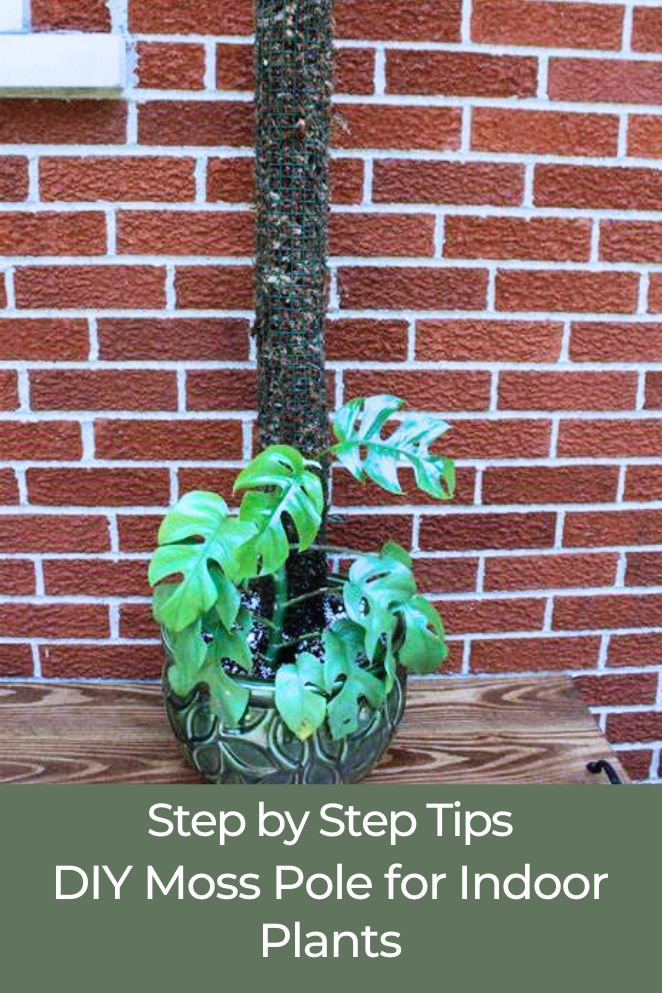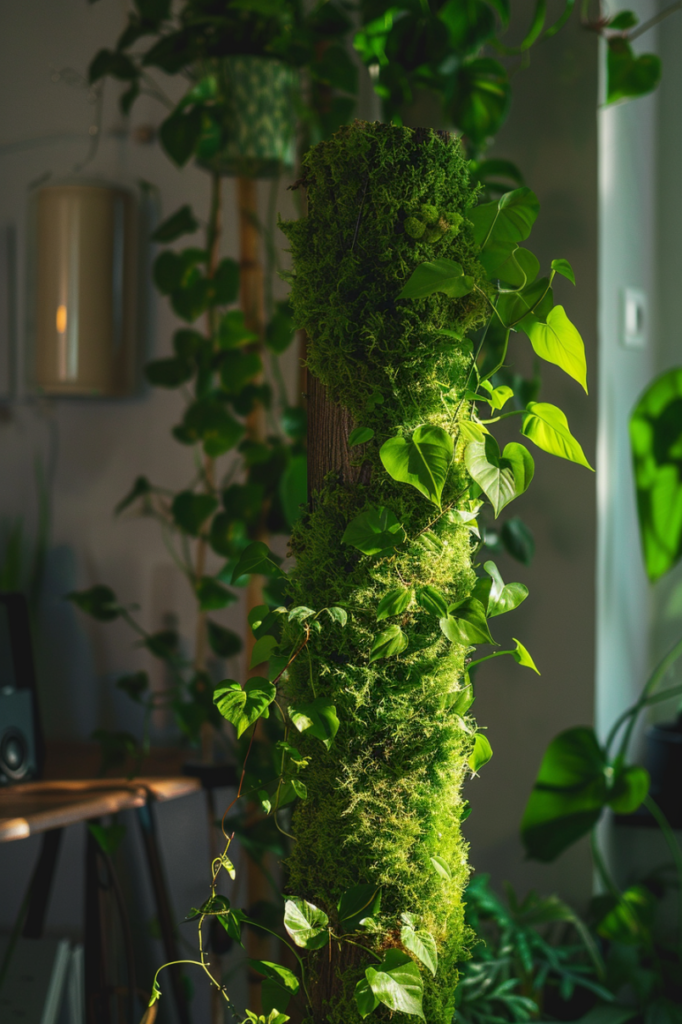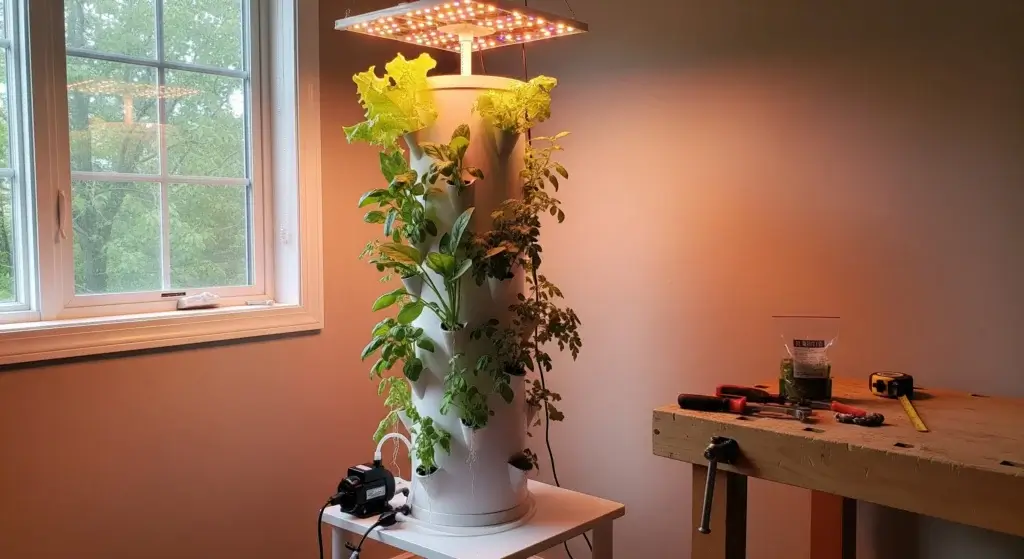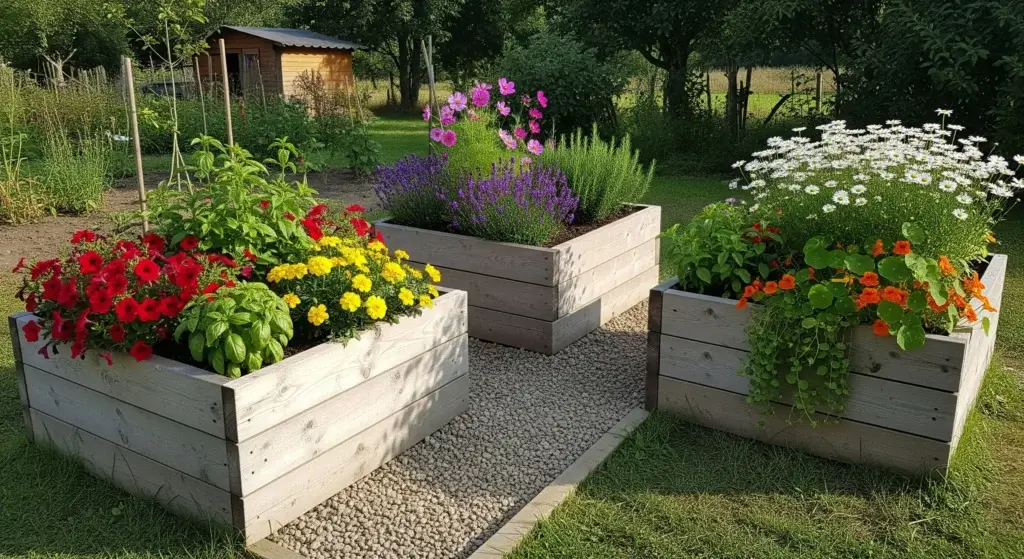
Moss poles are a popular and eco-friendly solution for supporting indoor plants, especially those with climbing or trailing growth habits.
These poles not only provide structural support but also help to maintain the health and appearance of your plants.
In this blog post, we’ll explore the benefits of moss poles, the materials you’ll need, and a step-by-step guide to creating your own DIY moss pole.
Benefits of Moss Poles
Moss poles offer numerous benefits for indoor plants, particularly those with climbing or trailing growth habits.
These poles provide structural support, encourage the growth of aerial roots, and help distribute micronutrients, ensuring your plant gets access to nourishment along the entire length of the vines.
Here are some key benefits of using a moss pole for your indoor plants:
- Structural support: Moss poles provide a natural and aesthetically pleasing alternative to traditional plant supports, allowing climbing plants to grow upwards and support their own weight.
- Aerial root development: By giving aerial roots a substrate to grow into, you encourage the growth of these roots, which can lead to a more expansive root system.
- Humidity and moisture: Moss poles create a humid and moist environment for your plant, which is essential for the health of many indoor plants.
- Micronutrient distribution: Moss poles can help distribute micronutrients evenly along the length of the vines, ensuring your plant gets the nutrients it needs for optimal growth.
- Replicating a natural environment: Moss poles help to mimic the conditions that climbing plants naturally thrive in.
- Modular design: Some moss poles are designed to be modular, allowing them to grow with your plants, making it easier to extend the pole as your plant grows.
- Aesthetics: A well-designed moss pole can be a beautiful addition to your indoor garden, adding visual interest and complementing the natural beauty of your plants.
- Space-efficient: Moss poles allow climbing plants to occupy vertical space instead of horizontal, making them a space-efficient solution for indoor gardens.

Materials Needed
- PVC pipe (cut to desired length)
- Mesh or chicken wire
- Zip ties or wire
- Sphagnum moss
- Water
- Optional: moss pole liner
Step-by-Step Guide
A moss pole is a fantastic addition to your indoor garden, providing support for climbing plants while enhancing the overall aesthetic.
Follow this straightforward guide to craft your moss pole and foster healthy plant growth:
- Read also: A Guide to DIY Plant Wall Indoor
- Read also: DIY Plant Stands Indoor for Every Style
Prepare the PVC pipe
- Cut the PVC pipe: Determine the desired height of your moss pole based on your plant’s size and potential growth. Use a saw to cut the PVC pipe to the preferred length.
- Drainage holes (optional): To prevent water buildup, consider drilling a few drainage holes near the bottom of the PVC pipe.
Create the mesh/wire backing
Wrap mesh or chicken wire around the PVC pipe, ensuring a tight fit. Use zip ties or wire to secure the mesh in place.
This creates a sturdy foundation for the moss to attach to.
Hydrate the sphagnum moss
Place the sphagnum moss in a container of water and let it soak until fully saturated.
Squeeze out excess water, leaving the moss damp but not dripping.
Attach the moss to the mesh
- Pack the damp moss: Carefully pack the damp moss around the PVC pipe and mesh, covering the entire surface evenly.
- Secure with ties or wire: Use additional zip ties or wire to secure the moss to the mesh. Ensure it is firmly attached for stability.
- Optional moss pole liner: For a neater appearance, consider using a moss pole liner, wrapping it around the moss-covered structure.
Finishing touches
- Trim excess moss: Trim any excess moss that extends beyond the pole, giving it a tidy finish.
- Let it dry: Allow the moss pole to dry slightly before introducing it to your plant. This helps the moss settle in place.

Installation Tips
Enhance the success of your moss pole installation and support the healthy growth of your climbing plants with these helpful tips:
Choose the right location
Select a spot with bright, indirect light for your climbing plant. Most indoor climbing plants thrive in well-lit areas away from direct sunlight.
Ensure the chosen location provides the optimal lighting conditions for your plant’s specific requirements.
Secure aerial roots with care
When attaching your climbing plant to the moss pole, handle its aerial roots gently.
Use plant ties or soft gardening wire to secure the roots to the pole, ensuring they have ample support as they grow.
Avoid pulling or tugging on the roots, as this can cause damage to the plant.
Encourage aerial root attachment
To promote successful attachment of the plant’s aerial roots to the moss pole, consider misting the pole regularly.
Keeping the moss damp encourages the roots to adhere to the surface, providing stability and support for the plant as it climbs.
Regular misting also helps maintain the humidity levels around the plant, creating an ideal environment for growth.
Monitor plant growth
Keep a close eye on your climbing plant’s growth and progress.
As the plant begins to climb the moss pole, periodically check the attachment of its aerial roots to ensure they remain secure.
Adjust the plant ties or wire as needed to accommodate growth and prevent the roots from becoming constricted.
Prune and maintain
Regularly prune your climbing plant to manage its growth and encourage healthy development.
Remove any dead or damaged foliage, as well as excessive growth that may overwhelm the moss pole.
This helps maintain the plant’s vitality and ensures it continues to thrive in its new environment.
Provide supportive structure
As your climbing plant grows, ensure the moss pole remains stable and supportive.
Consider securing the bottom of the pole to a sturdy base or planter to prevent it from toppling over.
A stable structure is essential for the plant’s overall health and well-being.

Plant Care After Installation
After installing your climbing plant on the moss pole, it’s essential to provide ongoing care to ensure its continued health and vitality.
Here are some essential tips to keep your plant thriving:
Regular watering
Water your plant consistently to keep the moss pole moist.
Ensure that the soil surrounding the plant’s roots is adequately hydrated, but avoid overwatering, as this can lead to waterlogging and root rot.
Aim to maintain a balanced moisture level in the soil to promote healthy growth.
Monitoring moisture levels
Keep a close eye on the moisture levels of both the moss pole and the surrounding soil.
Check the pole periodically to ensure it remains damp but not saturated. Adjust your watering routine based on environmental conditions and the specific needs of your plant.
Pruning for maintenance
Regularly inspect your plant for any dead, damaged, or diseased leaves.
Prune these foliage promptly to maintain the plant’s health and appearance.
Removing dead or damaged leaves not only improves the plant’s aesthetic appeal but also prevents the spread of disease and encourages new growth.
Encouraging growth
Provide optimal growing conditions for your climbing plant by ensuring it receives sufficient light, warmth, and humidity.
Consider placing the plant near a bright, indirect light source and maintaining a consistent temperature range.
Additionally, periodically misting the foliage can help create a humid environment conducive to growth.
Supporting climbing habits
As your plant continues to grow, monitor its progress and provide additional support as needed.
Adjust the plant ties or wire securing the aerial roots to the moss pole to accommodate growth and prevent the plant from becoming overcrowded or tangled.
Fertilizing as needed
Depending on the type of climbing plant you have, consider fertilizing it periodically to provide essential nutrients for growth.
Choose a balanced fertilizer formulated for indoor plants and follow the manufacturer’s instructions for application.
Avoid overfertilizing, as this can lead to nutrient imbalances and damage to the plant.
- Read also: DIY Plant Pots Ideas: A Creative Guide to Enhancing Your Garden
- Read also: DIY Asparagus Bed: A Guide to Growing Your Delicious Harvest
Conclusion
DIY moss poles are a simple and eco-friendly solution for supporting indoor plants.
By following the steps outlined in this guide, you can create a custom moss pole that provides structural support and promotes healthy growth for your plants.



